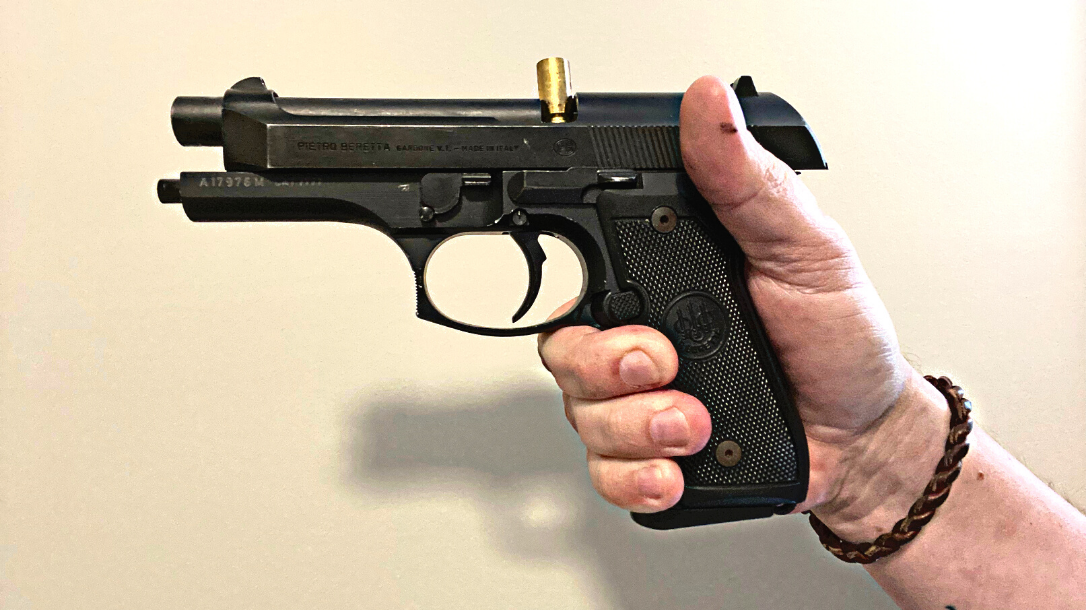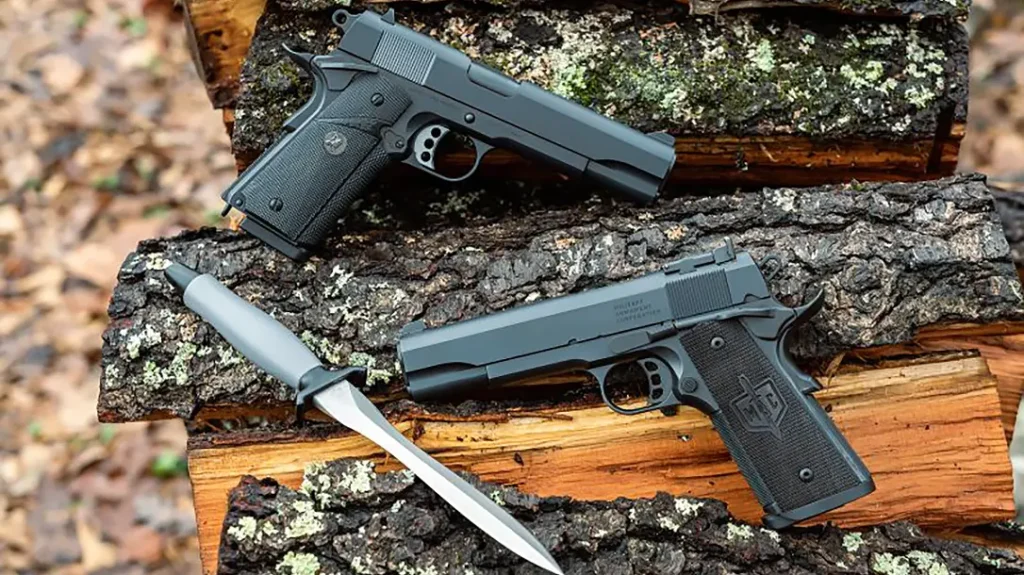If you carry a semi-automatic pistol for concealed carry or military/LE duty, then clearing pistol malfunctions is a skillset you need to train for. There are multiple ways to clear pistol stoppages, so we’ll look at the closest thing to a one size fits all solution.
Why Clearing Pistol Malfunctions Matters to You
The ubiquity of cell phone videos of shootings shows us that pistols fail in fights at an alarming amount. There are a shocking number of videos of cops fighting for their lives against a gun that experienced a failure to eject or failure to extract, or any of the other common types of stoppage. On that note, while “malfunction” may not be the best term for when a pistol stops working, it’s also universally understood by everyone from experienced operators all the way to newbies.
Clearing pistol malfunctions also matters if you’re a serious competition shooter. At some point, no matter how dead reliable your gun is, you’re going to have a stoppage. You need to be able to effectively clear that failure to fire and not stand there like a duck in thunder staring at your jammed up gun.
Advertisement — Continue Reading Below
Types of Malfunctions That Are Common in Pistols
We’ve mentioned most of these already. There are two broad categories of malfunction. First is a stoppage, which is any failure of the pistol to complete the cycle of operations. These are failures to feed, failures to extract, and failures to eject, most commonly. Secondly, you have parts breakages. These are far less common than stoppages, but also usually require tools and spare parts to fix.
Methods for Clearing Pistol Malfunctions the Smart Way
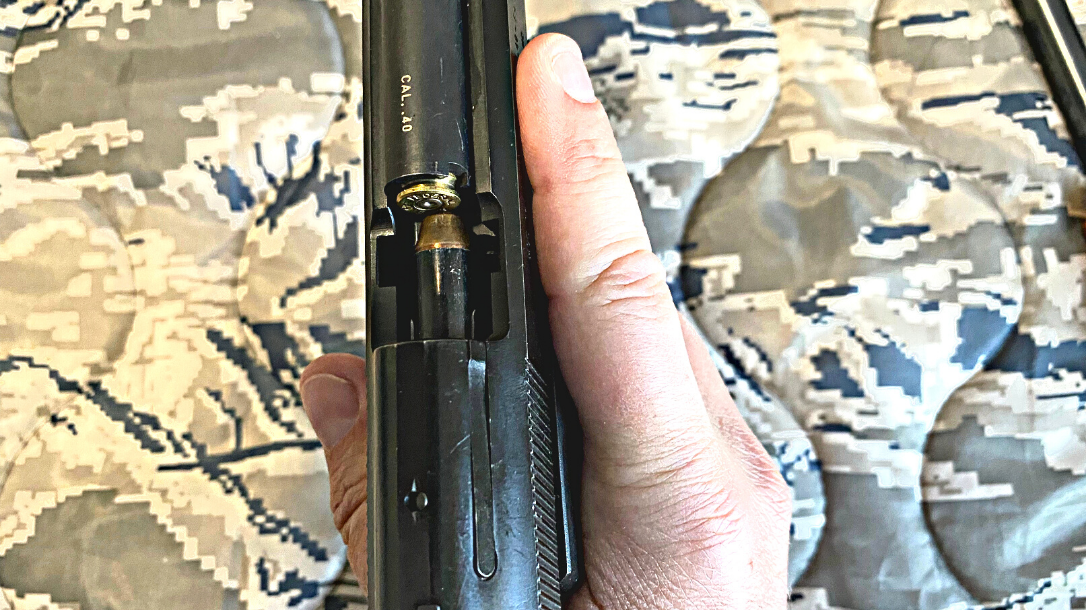
One of the things we want to avoid is practicing rote malfunction drills. While everyone likely knows “tap-rack-bang,” using that method as an automated response can just as often as not induce a more complicated feeding issue into the pistol. That’s the dreaded double-feed which cannot be cleared by tap-rack-bang and can actually be caused by that clearing method.
Advertisement — Continue Reading Below
That’s why some military and law enforcement firearms instructors teach this as the first step of clearing pistol malfunctions: assess. One of the things we’ve learned from 20 years of continuous warfare is that well-trained shooters are capable of processing information about what’s wrong their guns. So our first step to clearing a stoppage is to assess what failure the gun has.
The Classic Method of Clearing Pistol Malfunctions: Tap-Rack-Bang
Before we go any further, let’s explain what the tap-rack-bang method is. In this, if the gun doesn’t go bang, you immediately slap the magazine to make sure it’s fully seated, rack the slide vigorously, and then try to fire again.
Step 1: Assess the Failure
Alright, you’re shooting the gun and you pull the trigger and you either have a dead trigger or a click. Immediately we’re going to assess the condition of the slide. If the slide is fully forward, we’ll immediately do a tap-rack-bang drill and press the trigger again. If the gun still experiences a failure to fire, you likely have a different problem and need to do a more complex diagnostic.
Advertisement — Continue Reading Below
Step 2: If the Slide Isn’t Fully Forward
If the slide isn’t in battery, step two will be to glance into the ejection port. This is where training is important, because you need to be able to rapidly diagnose a problem. A good way to practice for this is have a friend set up a malfunctioned gun for you and then have you clear it.
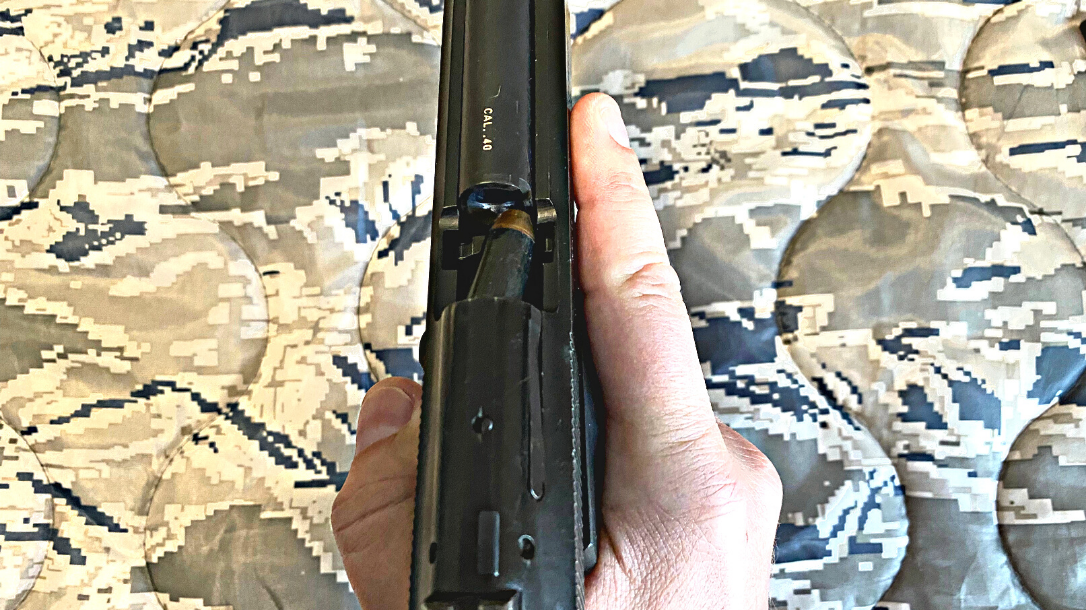
Failure to Feed
The three failures you’re likely to encounter all require slightly different clearing methods. The first, a failure to feed is easiest. Clearing pistol malfunctions of this type means that the empty case has been ejected, but the next round hasn’t fed into the chamber. Often just slapping the magazine fixes this. It can be caused by a weak recoil spring that needs to be replaced, or old magazines.
Advertisement — Continue Reading Below
Failure to Extract aka The Double Feed
Up next we have failure to extract. This one is tough – it means the spent case is still in the chamber and the next round is going to slam into it. If you try a tap-rack-fire here, you’ll get a double feed. To clear this one, lock the slide to the rear and remove the magazine. Hopefully the fired case can be removed by racking the slide, which means then you can justreload. If not, you’ll need to pry it out.
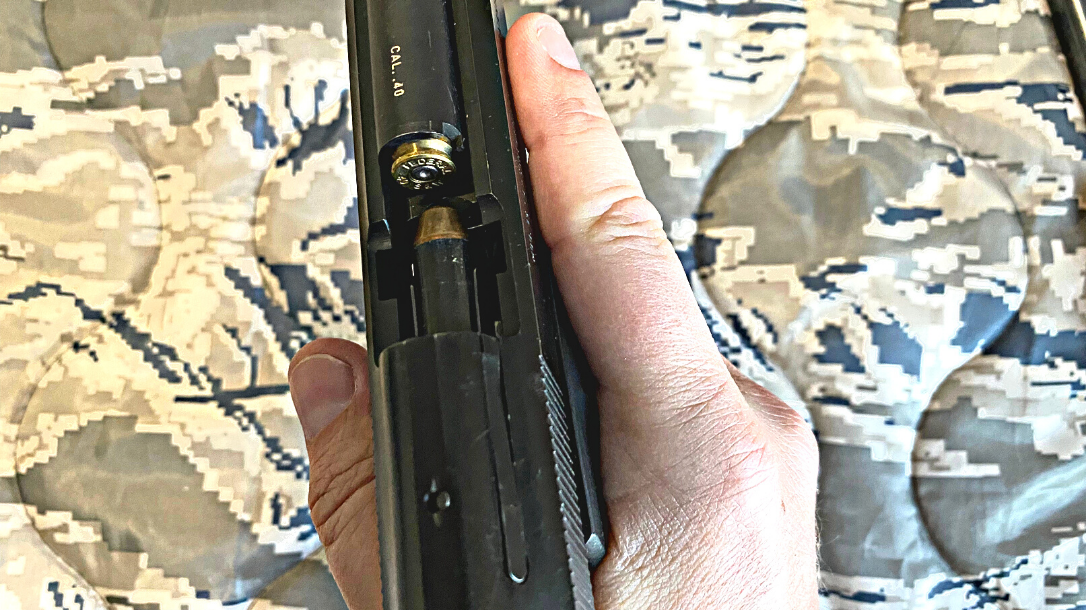
Failure to Eject aka The Stovepipe
Lastly, we have the failure to eject. This means the fired case is caught in the ejection port, in what’s commonly called a stovepipe. This can usually be cleared with a tap-rack-bang, and is the most common pistol malfunction.
Advertisement — Continue Reading Below
The Most Dangerous Stoppage: A Squib Load
In this instance, a round fires, but the projectile gets stuck in the barrel. These are difficult to detect, and usually the only indicator is that you hear a much milder “pop” when the gun fires instead of the usual loud report. If you’re lucky, you catch it in time. If you’re shooting fast, you probably just blow your gun up. Squibs can only be cleared if caught in time, and the projectile has to be pounded out of the barrel.
How to Manipulate the Slide When Clearing Pistol Malfunctions
When you grab the slide to lock it to the rear or rack it, you have to manipulate it aggressively. You can’t baby the slide, because this can cause more problems than it fixes.
However, with all that in mind, the number one cause of failures of any type (aside from parts breakages) is crappy old magazines or worn out recoil springs. Life is too short for cheap magazines, so when you mag stops working, throw it in the trash. Change your recoil springs every 3000-5000 rounds too.
Advertisement — Continue Reading Below
Of course, even if you do that, you should still practice clearing pistol malfunctions. Murhpy loves to show up when you least expect it. Or, you could carry a revolver and have a whole different set of problems to worry about.
